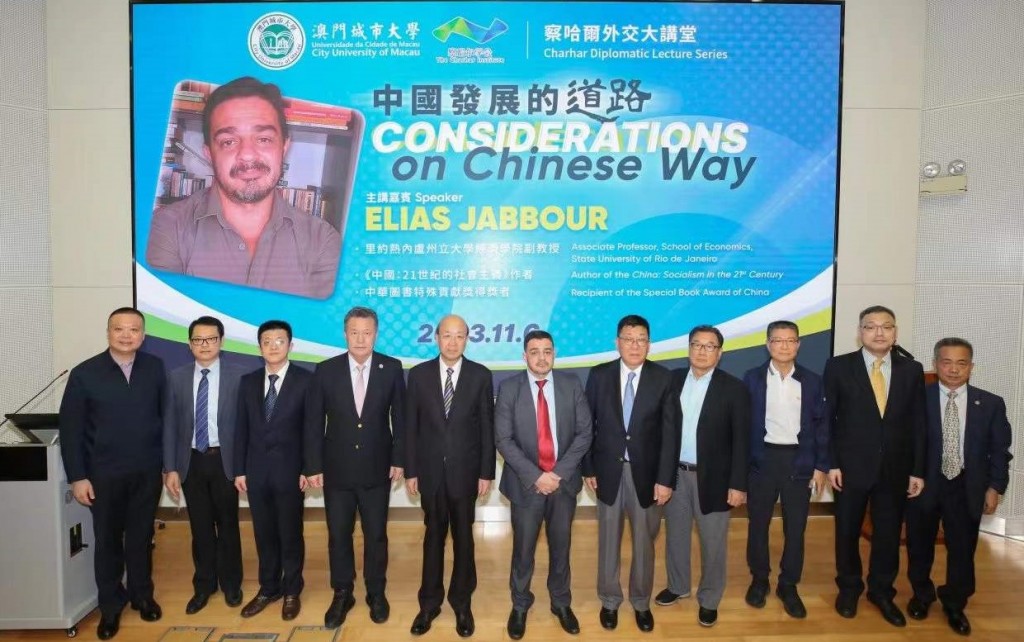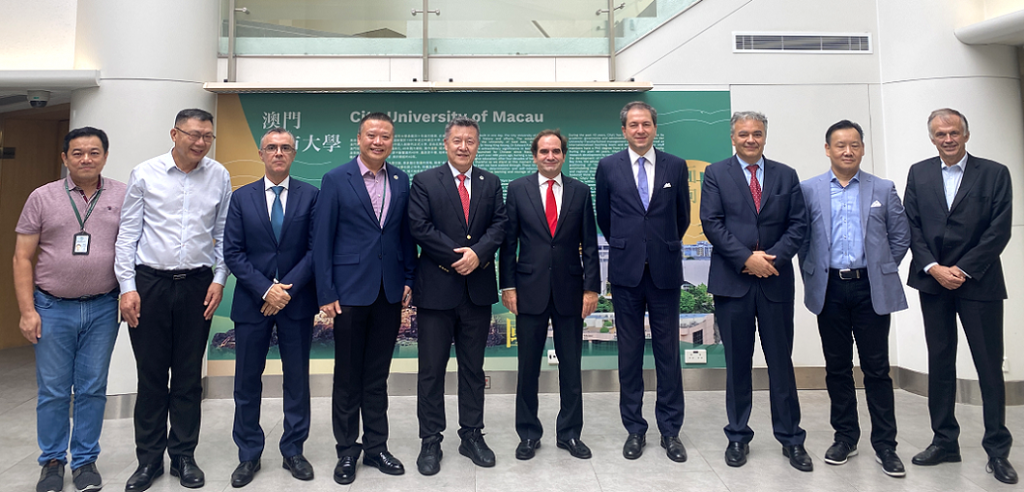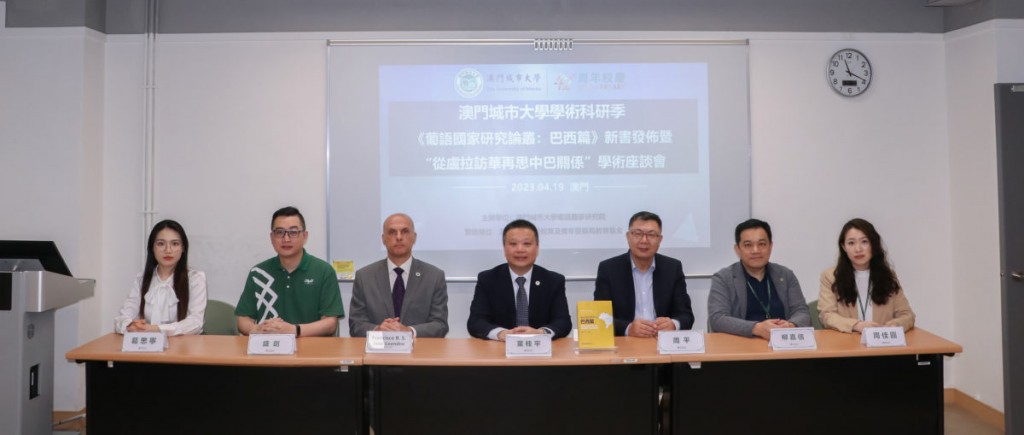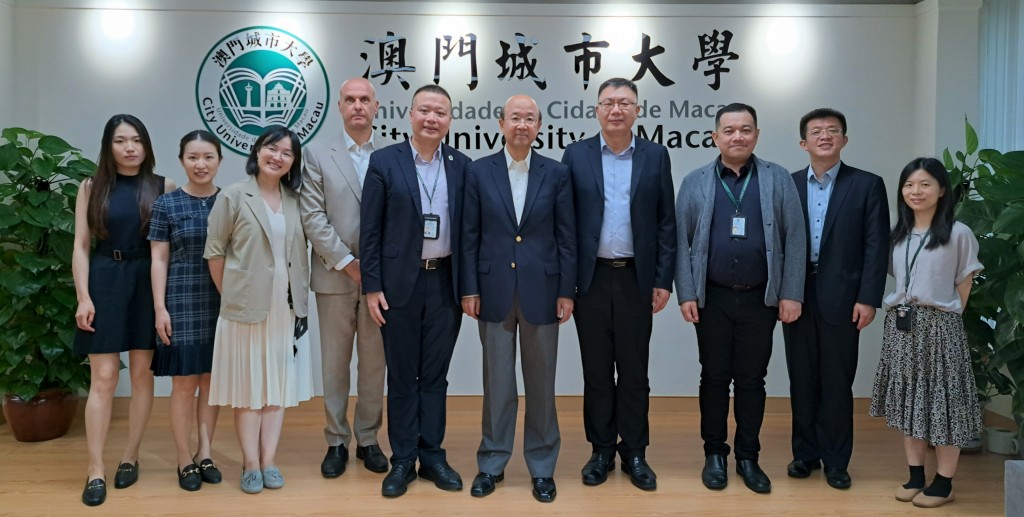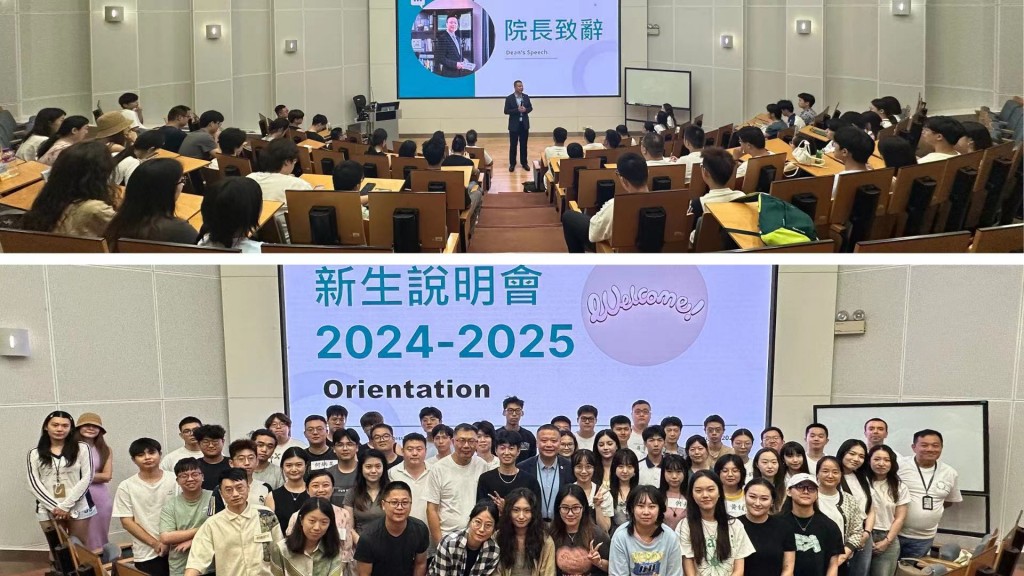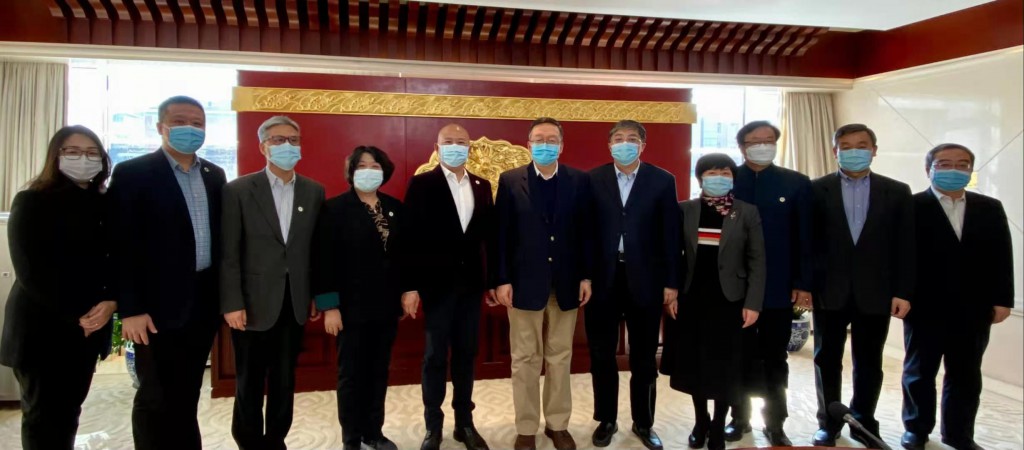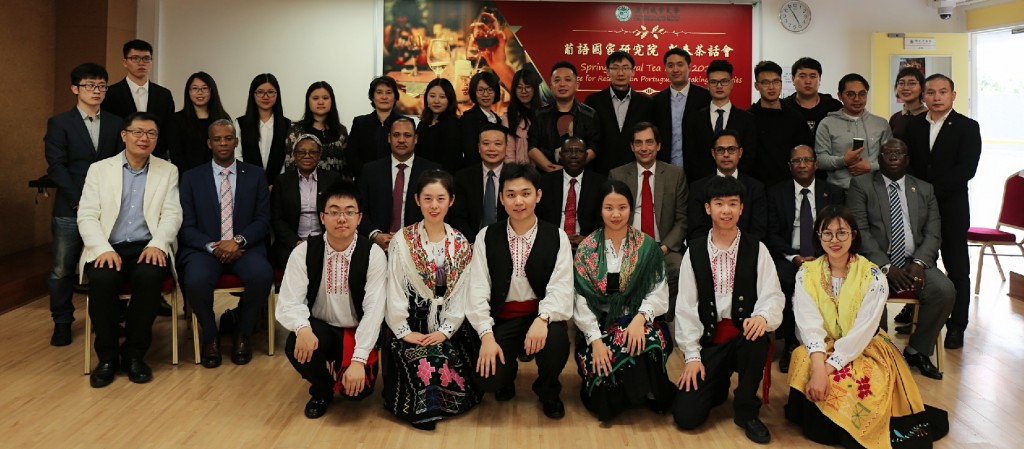On the 17th of November 2018, Associate Professor Francisco Leandro from the Institute for Research on Portuguese-speaking Countries,
delivered a paper on the International Symposium on Sustainability, Security and Governance, organized by the Nanyang Technological University in
Singapore.
The paper addressed the ‘border theories’ and argued about the positive contribution of the Belt and Road Initiative (B&RI) to border
security, as it promotes de-bordering, re-bordering and co-bordering. It further aimed at to understand how the B&R elements of connectivity
contribute to these three types of border effects?
Borders are the unnatural results of historical hurdles, political struggles and social constructions capable of creating collective narratives of
self-perception. Feudal societies were based on hierarchical social dependency structures and not on a territorial delimitation. Therefore, borders
were virtually invisible, if they ever existed as we understand them today. It was the Westphalian concept of sovereignty and the transformation of the
nation-stateinto the sovereign-state that brought significance to borders studies, as they function as limits of direct action for the exercise of
sovereignty. Borders are the external equidistant limits from a sovereign center of political gravity and they represent lines of opportunity to
cooperate or lines of tension capable of disrupting the balance between two contiguous political units. That capability depends upon the way
neighbors perceived one another. That is why borders perform different functions and possess dissimilar value, depending on how balanced or
unhinged is the relationship between sovereign neighboring political units. Nevertheless, the post-modern state borders are a sort of ‘mix’
combining the hard, closed and bi-dimensional borders of the classic Westphalian state with permeable, immaterially framed, and multi-dimensional
borders of post-modern state. In light of this reasoning, Castells (2000) distinguishes between the ‘space of places’ in which people’s
experiences and activities quite literally take place, and the ‘space of flows’ of the increasingly rapid movements of capital investment,
communications messages, and people going from one place to another. Currently, the notion of ‘space of flows’ is transforming the classic
understanding of borders as the utmost securitization frontier, not anymore under the exclusive direct effects of a single state sovereign
decision-making processes. The Great Wall of China, the Berlin Wall and the Brandenburg Gate were in 1987 President Ronald Regan pronounce the
famous sentence ‘Mr. Gorbachev – tear down this wall’, the 2017 barbed wire fence at the border between Serbia and Hungary to divert migrants
during the EU migration crisis, and the 2017 President Trump declarations on the USA-Mexico border, are standing as looming fascinating nightmares,
every time borders are on our common agenda. Regrettably, when this paper was drafted, several processes of hard-bordering (fenced or walled),
were taking place in more than 60 states and territories…
The B&R elements of connectivity (domestic development axes, economic corridors, special economic zones, special administrative zones, and
fast transit routes) contribute to all these three types of de-bordering effects, in different manners and with dissimilar intensity. They promote
the fading, weakening, trespassing or removing obstacles and encouraging cross-border interplay, as a multi-level process to create opportunities,
changing attitudes and perceptions, without compromising sovereignty. They foster the voluntary relocation of a sovereign perimeter and transferring
insecurity perceptions and often correspond to sectorial dimension of sovereignty. They encourage new joint dimensions of exercising sovereign
powers, the creation of joint institutions, they nurture the exercising of overlapping jurisdictions over a portion of sovereign territory or an
immaterial domain, and they generate synergies and intensify cross-border cooperation.


